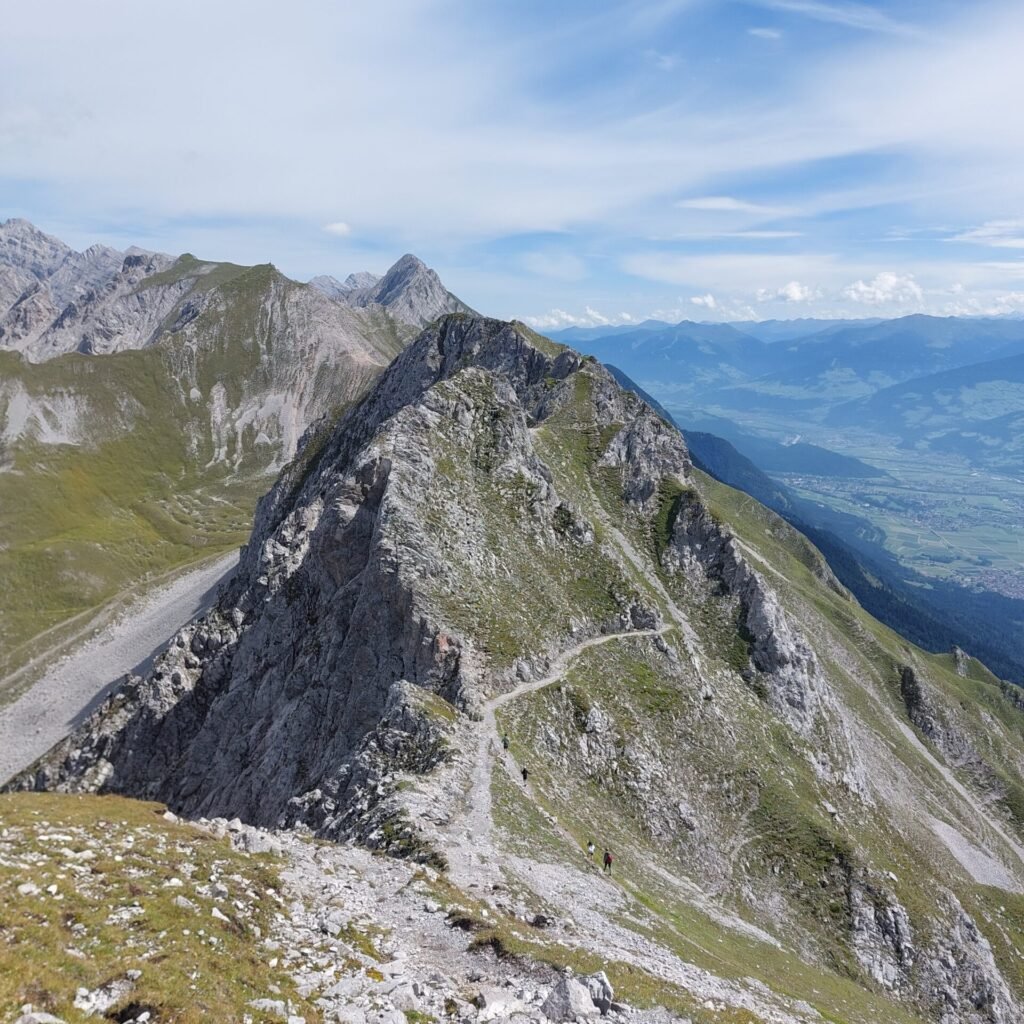What is a Frameless Backpack?
Broadly speaking there are two main styles of ultralight backpacks. Framed and frameless.
Framed backpacks have a lightweight frame built into the inside of the pack to provide support and stability. These frames are designed to distribute the weight in your pack across your back and onto your hips. Framed backpacks are therefore better suited to trip where your gear, food and water is heavier.
Frameless backpacks on the other hand have no internal frame this makes them lighter and more flexible. Frameless backpacks are ideal for trips with a lighter load.
Pros and Cons to a Frameless Backpack
Pros:
- Lightweight – Designing without a frame reduces the weight of the backpack
- Flexible – Frameless backpacks are more flexible so they can be folded and compressed. this makes it easier to store them in smaller vestibules and tents, or even in carry on luggage, if not fully loaded, they can be compressed to a smaller size.
- Size – Frameless backpacks generally have a smaller capacity and are designed for a lighter load. (Under 10kg) This means you need to be intentional with what you are packing on your trip and will most likely find your trip more enjoyable with a lighter load.
Cons:
- Not designed for heavy loads – not effective for loads more than 10kg
- Sharp corners/bulky items – Bulky items or items with sharp corners that are packed up against your back may be uncomfortable. We recommend using a foam pad up against your back on the inside of your pack to provide cushioning
- More consideration needed in packing – Frameless backpacks need to be packed carefully as it is the load in your pack that will provide the rigidity and support, thought also needs to be taken as to what you are packing so your load is not too heavy.
Tips for using a Frameless Backpack
- Lighten your load – Packing only what you need and reducing the weight of your gear will help to make using a frameless backpack more comfortable
- Cushion your back – when packing placing your sleeping pad, or a sit pad up against the back panel can add some rigidity and cushioning to your back
- Pack your bag well – Pack your bag to distribute the weight effectively by placing heavier items closer to the middle of your pack closer to your back. Try not to overload the pack or leave lots of empty space, instead use your sleeping bag or spare clothing to fill any gaps.
Gear is personal, what works for one person will not work for another. A feature considered a pro for one hiker, may be a con for another. I hope the information in this article can help you in your gear choices as you enjoy your time exploring the trails.

